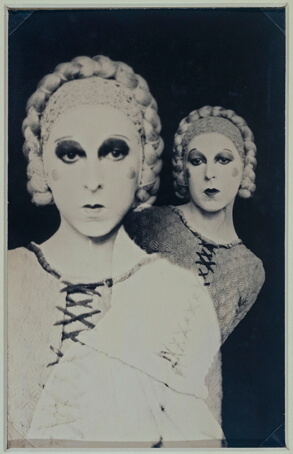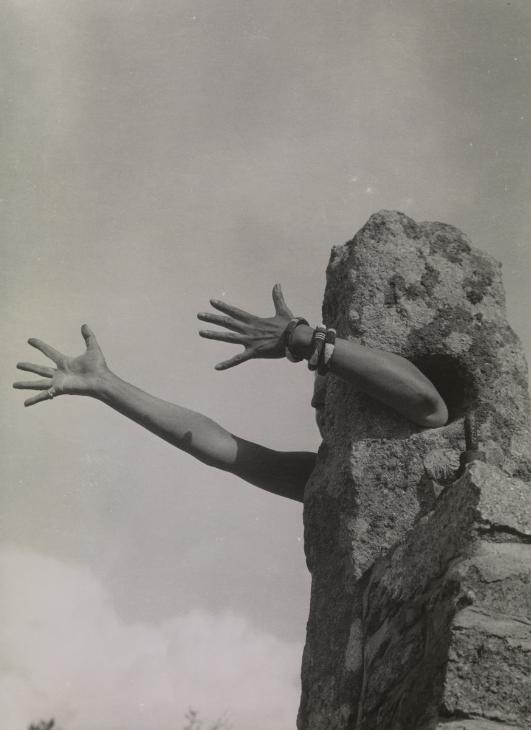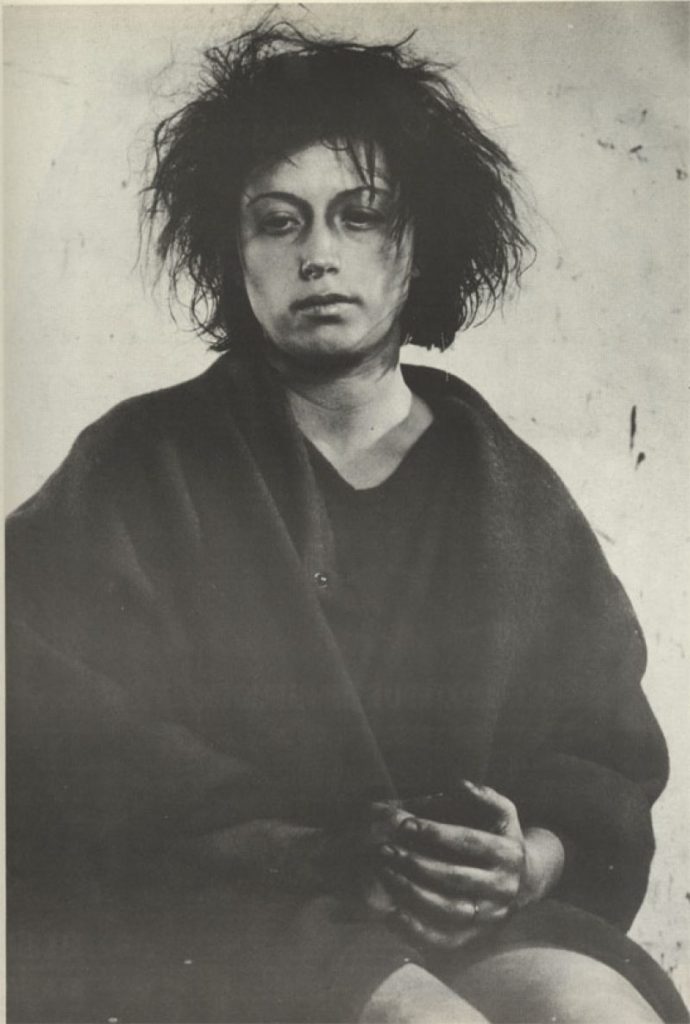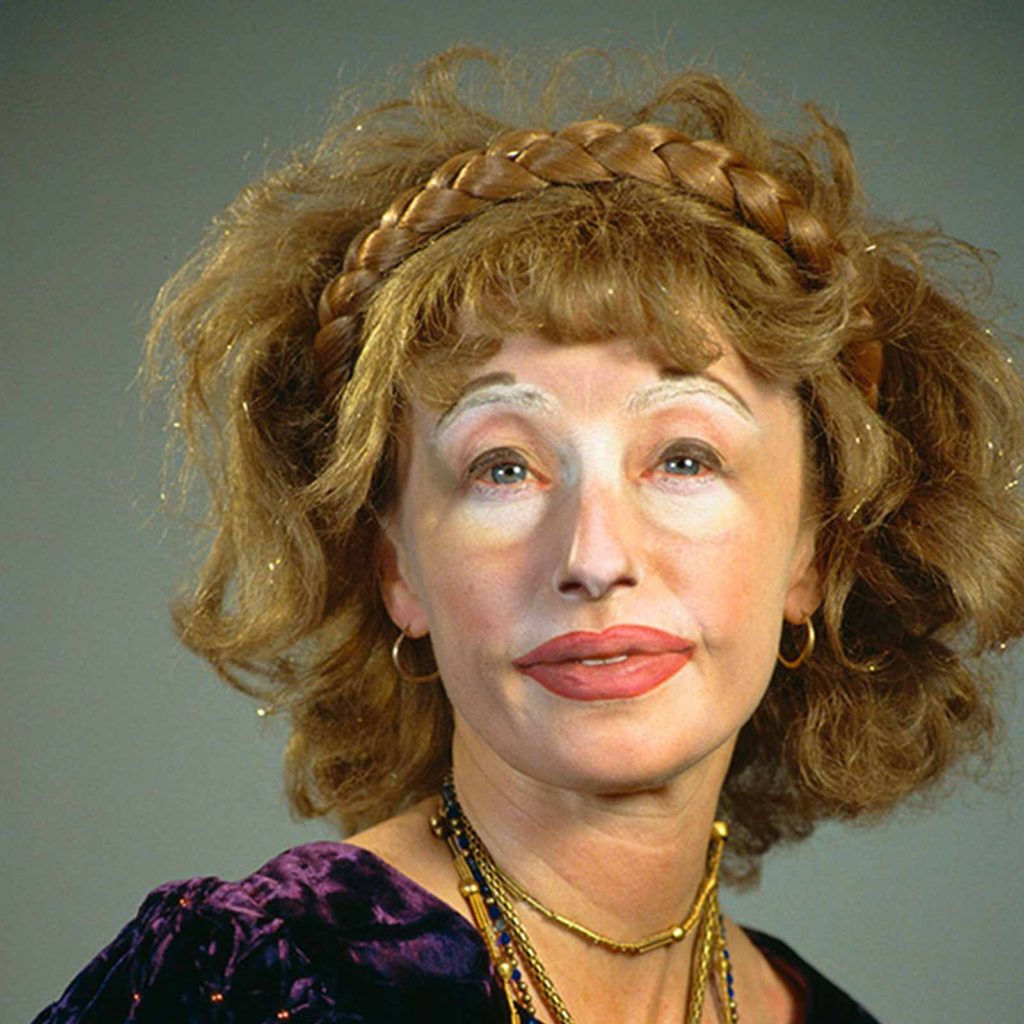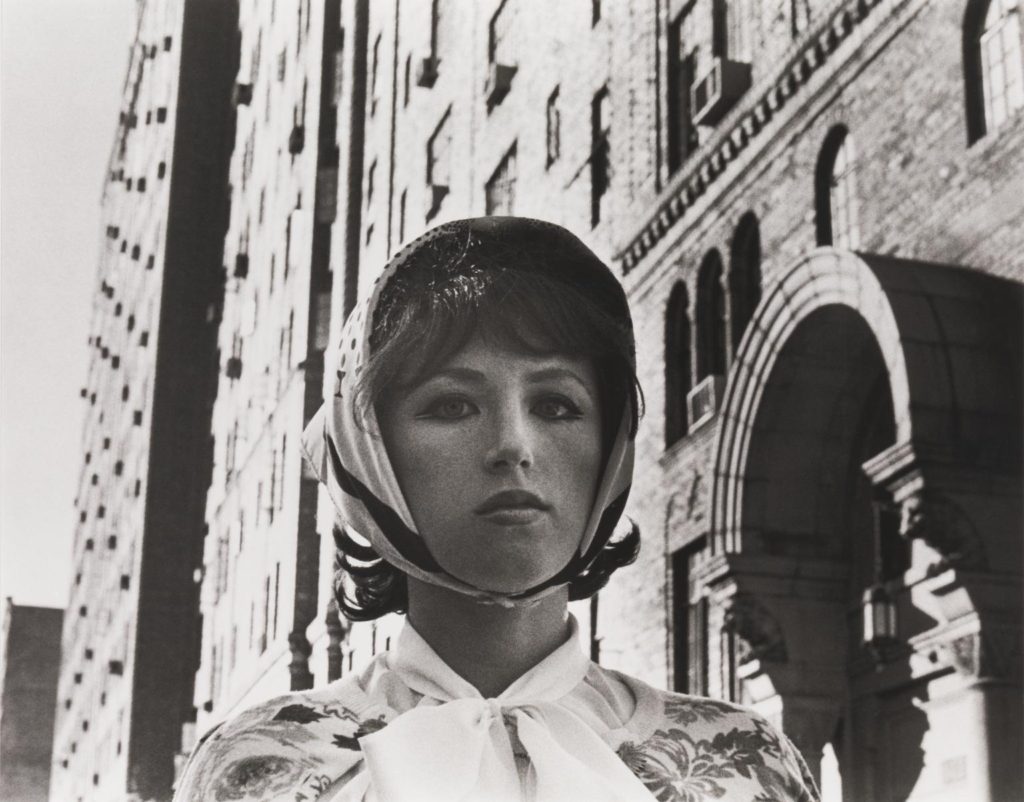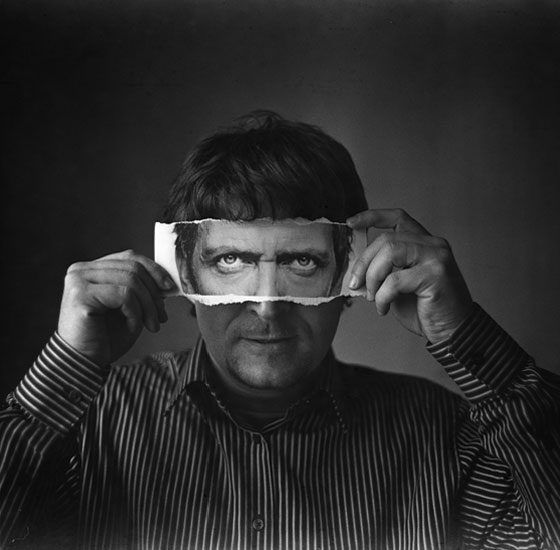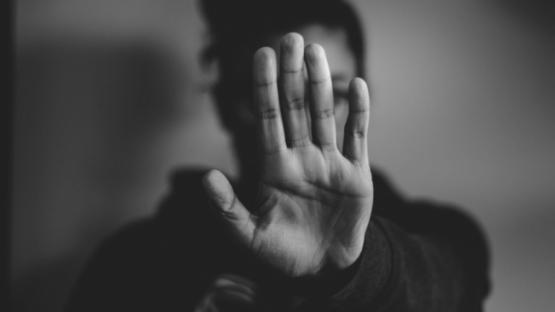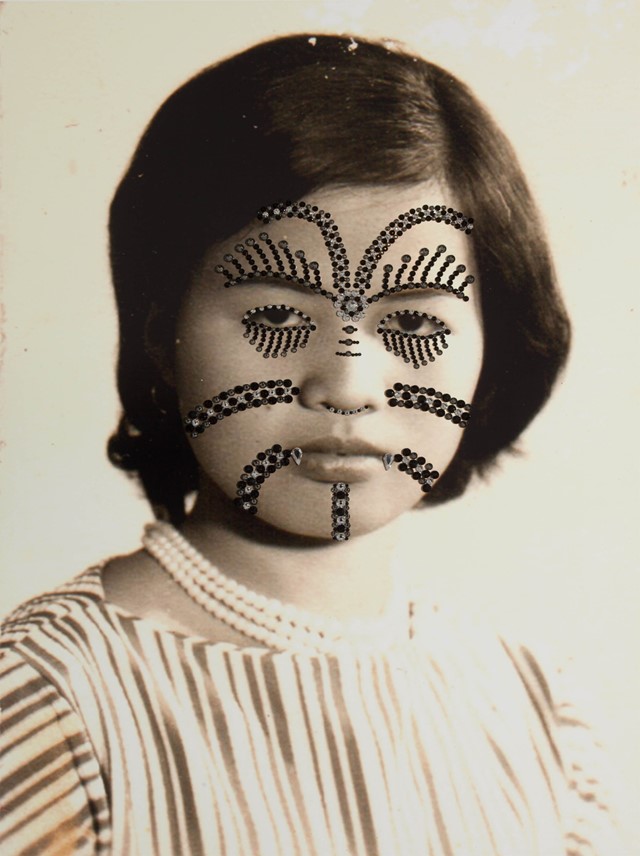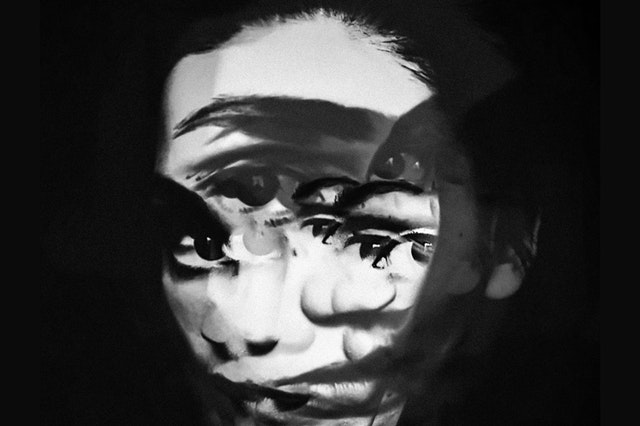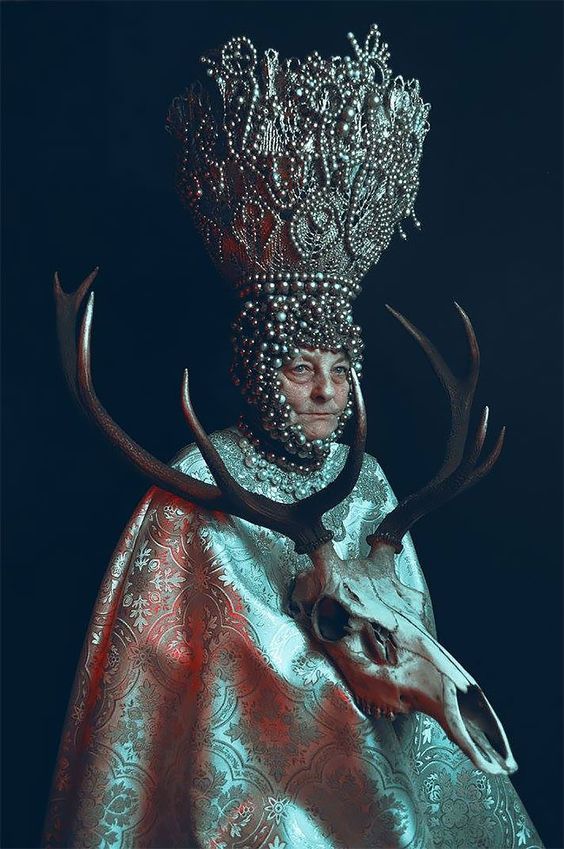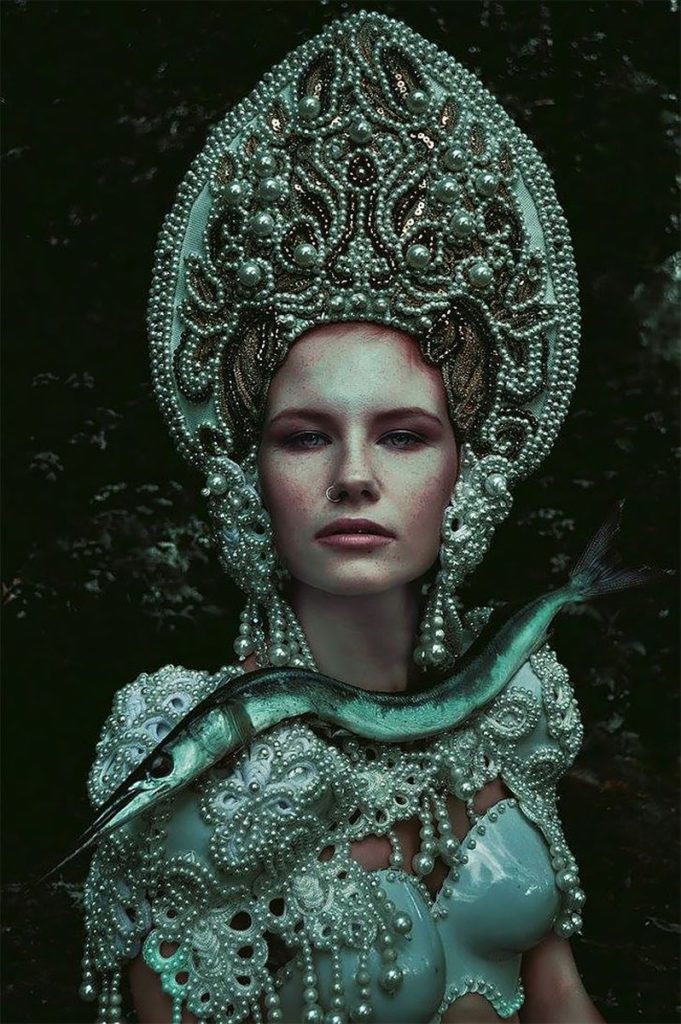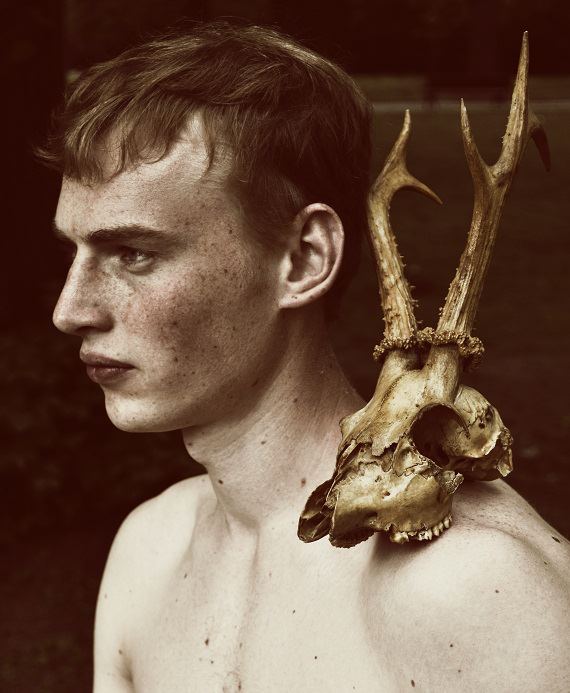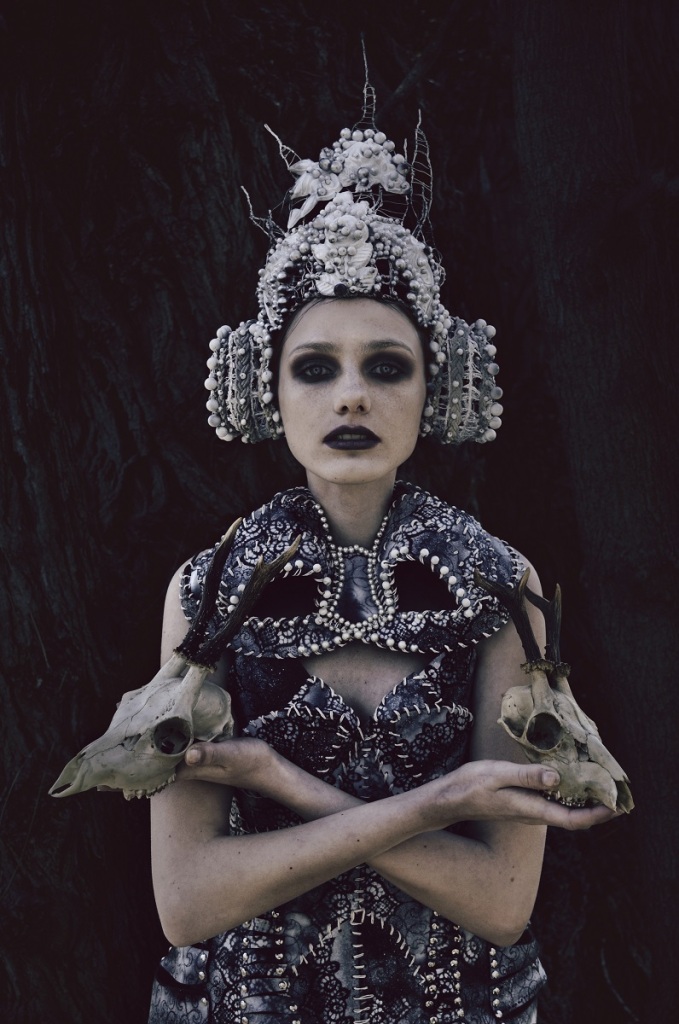What is identity photography?
A photograph resembles the likeness of what appeared before the lens. So, in the case of a profile picture, family album or mug shot, identity is based on the repetition of sameness that is evidenced by the image produced by the camera.
Why is identity photography important in photography?
Defining your photographic identity will allow you to say who you are, what you want to be, and how you are to be perceived by others. This should be apparent to each viewer, regardless of whether they are a photographer or not. Your photographic identity will define how you will be perceived by the world around you.
How is cultural identity represented through photography?
By creating a photograph (cause something into being that is not naturally evolved, making a construction out of photography) instead of just making one (taking a photographs of something that was already there), the photographer is able to taken into account multiple views, both from their own and from the models.
How do portraits communicate identity?
In analysing a portrait, we need to consider how the sitter or subject sees themselves, how the world might see them, how the artist sees them, and how we, the viewer, see them. All these ideas come together to convey identity in a portrait.
What is cultural portrait?
An organization’s mission, values and beliefs are the background of the culture portrait. These formal written statements provide the basis for expected goals, behaviour and relationships within the organization.



Claude cahun:
Claude Cahun created some of the most startlingly original and enigmatic photographic images of the twentieth century. Prefiguring by over seventy years many of the concerns explored by contemporary artists today, the importance of her work is increasingly recognised.
Claude Cahun’s photographic self-portraits present a dizzying kaleidoscopic mix of mystery, exuberance, and sobriety. Born in France, Cahun lived mostly on the island of Jersey with long-term love, Marcel Moore. Also known as Lucy Schwob and Suzanne Malherbe, they both adopted their preferred gender-neutral pseudonyms during early adulthood. Moore, although often invisible, was always present – typically taking the photographs and also authoring collages – and in this sense was as much artist collaborator as Cahun’s personal support. Described in Cahun’s own words as a “hunt”, through a combination of text and imagery, Cahun’s exploration of self is relentless and at times unsettling. From circus performer, clothed in layers of artifice, to a stripped-down Buddhist monk grounded by integrity, Cahun is engaged in an ongoing dialogue with multiplicity. Tragically in line with the fragmentary nature of Cahun’s outlook, much of the artist’s work was destroyed following an arrest and subsequent imprisonment for resistance against the Nazis. What remains bares interesting parallel to the title of Cahun’s diaristic publication Aveux Non Avenus, translated as Disavowals, which enigmatically suggests that for all that is revealed and given, much is still hidden or has been lost.
In 1937 Cahun and Moore settled in Jersey. Following the fall of France and the German occupation of Jersey and the other Channel Islands, they became active as resistance workers and propagandists. Fervently against war, the two worked extensively in producing anti-German fliers. Many were snippets from English-to-German translations of BBC reports on the Nazis’ crimes and insolence, which were pasted together to create rhythmic poems and harsh criticism. They created many of these messages under the German pseudonym Der Soldat Ohne Namen, or The Soldier With No Name, to deceive German soldiers that there was a conspiracy among the occupation troops. The couple then dressed up and attended many German military events in Jersey, strategically placing their pamphlets in soldier’s pockets, on their chairs, and in cigarette boxes for soldiers to find. Additionally, they inconspicuously crumpled up and threw their fliers into cars and windows.
Cindy Sherman
Cindy Sherman is an American photographer and filmmaker whose self-portraits offer critiques of gender and identity. What made Sherman famous is the use of her own body in roles or personas in her work, with her seminal series Untitled Film Stills (1977–1980) being particularly important. These black-and-white photographs feature the artist herself as a model in various costumes and poses, and are her portrayals of female stereotypes found in film, television, and advertising. Similar to Barbara Kruger, Sherman examines and distorts femininity as a social construct. “I like making images that from a distance seem kind of seductive, colourful, luscious and engaging, and then you realize what you’re looking at is something totally opposite,” she reflected. “It seems boring to me to pursue the typical idea of beauty, because that is the easiest and the most obvious way to see the world. It’s more challenging to look at the other side.” Born on January 19, 1954 in Glen Ridge, NJ, the artist abandoned painting for photography while attending the State University of New York at Buffalo, and in 1976, moved to New York to pursue a career as a photographer. In addition to the Untitled Film Stills series, she has continued to explore women as subject matter, often donning elaborate disguises in large-scale colour photographs, throughout her career. Her work has been the subject of many museum exhibitions, including those at The Museum of Modern Art in 2019, and at the National Portrait Gallery, in London in 2019. Sherman lives and works in New York, NY.

